How To Use Starscope Monocular ?
To use the Starscope Monocular, first, remove the lens cap from the device. Then, adjust the eyepiece by rotating it until you achieve a clear and focused view. Next, locate the object or scene you want to observe and point the monocular towards it. Use the focus wheel to fine-tune the image and make it sharper. If needed, you can also adjust the zoom level by rotating the zoom ring. Once you have obtained the desired view, you can use the monocular to observe and enjoy the magnified image. Remember to handle the device carefully and avoid exposing it to extreme conditions that could damage it.
1、 Adjusting the focus for clear viewing
To use the Starscope Monocular effectively, it is important to know how to adjust the focus for clear viewing. The Starscope Monocular is a compact and portable device that allows you to view distant objects with clarity and precision. Here is a step-by-step guide on how to adjust the focus for optimal viewing:
1. Start by holding the monocular firmly in one hand, making sure your fingers are not obstructing the lens.
2. Locate the focus wheel or knob on the monocular. It is usually located near the eyepiece or on the top of the device.
3. Look through the monocular and find a distant object to focus on. It could be a bird, a building, or any other object that is at a reasonable distance.
4. Begin by rotating the focus wheel or knob slowly in one direction. As you do this, pay close attention to the image in the monocular. You will notice that the image becomes either clearer or blurrier.
5. Continue rotating the focus wheel until the image appears sharp and well-defined. Take your time with this step, as it may require some trial and error to find the perfect focus.
6. Once you have achieved a clear focus, you can now enjoy the magnified view of the object through the monocular.
It is worth noting that the Starscope Monocular is designed to provide a high-quality viewing experience, even in low-light conditions. Therefore, you can use it during the day or at night to observe nature, sports events, concerts, or even for stargazing.
In conclusion, adjusting the focus on the Starscope Monocular is a simple process that involves locating the focus wheel or knob and rotating it until the image appears clear. With this knowledge, you can now make the most of your monocular and enjoy the wonders of the world up close.
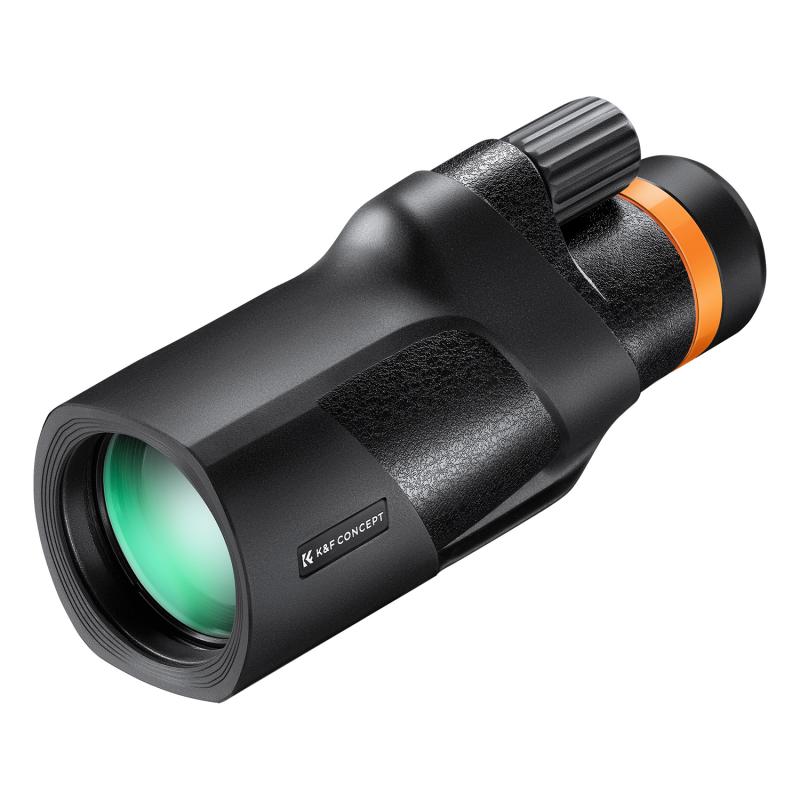
2、 Identifying celestial objects with the star chart
To use the Starscope Monocular for identifying celestial objects, follow these steps:
1. Familiarize yourself with the Star Chart: Before using the Starscope Monocular, it's essential to have a basic understanding of the star chart. The star chart is a map of the night sky that helps you locate and identify celestial objects. It shows the positions of stars, constellations, and other celestial bodies.
2. Set up the Starscope Monocular: Attach the Starscope Monocular to a tripod or hold it steady with your hands. Adjust the focus wheel until the image appears clear and sharp.
3. Locate the celestial object: Use the star chart to find the approximate location of the celestial object you want to identify. Look for recognizable constellations or stars nearby to guide you.
4. Observe through the Starscope Monocular: Point the Starscope Monocular towards the general direction of the celestial object. Look through the eyepiece and adjust the focus until the object appears clear and detailed.
5. Compare with the star chart: Once you have the celestial object in view, compare it with the star chart. Look for distinctive patterns, shapes, or other identifying features to match with the chart.
6. Consult additional resources: If you're unsure about the identification, consult astronomy books, websites, or mobile apps for more information. These resources can provide additional details and help confirm your findings.
It's worth noting that the latest point of view in celestial object identification can be influenced by advancements in technology and scientific discoveries. Therefore, staying updated with the latest research and using reliable sources is crucial for accurate identification.

3、 Using the monocular for terrestrial viewing
To use the Starscope Monocular for terrestrial viewing, follow these steps:
1. Adjust the focus: Start by adjusting the focus wheel located on the top of the monocular. Rotate it until the image appears clear and sharp.
2. Attach the monocular to a tripod (optional): If you want to stabilize the monocular for longer viewing sessions, you can attach it to a tripod using the tripod mount located at the bottom of the monocular.
3. Locate your subject: Look through the monocular and scan the area to locate your subject. The monocular has a wide field of view, allowing you to observe distant objects with clarity.
4. Zoom in if necessary: The Starscope Monocular has a zoom feature that allows you to magnify the image. Rotate the zoom wheel located on the side of the monocular to zoom in or out on your subject. This feature is particularly useful for observing wildlife, sports events, or other distant objects.
5. Adjust the eyecup: If you wear glasses, you can twist the eyecup to extend it, providing a comfortable viewing experience. If you don't wear glasses, keep the eyecup in its default position.
The Starscope Monocular is designed to provide high-quality images for both day and night viewing. Its compact and lightweight design makes it easy to carry around, making it suitable for various outdoor activities such as hiking, birdwatching, or sightseeing.
Please note that the latest point of view may vary depending on the specific model and features of the Starscope Monocular. It is always recommended to refer to the user manual provided by the manufacturer for detailed instructions on how to use your specific monocular model.
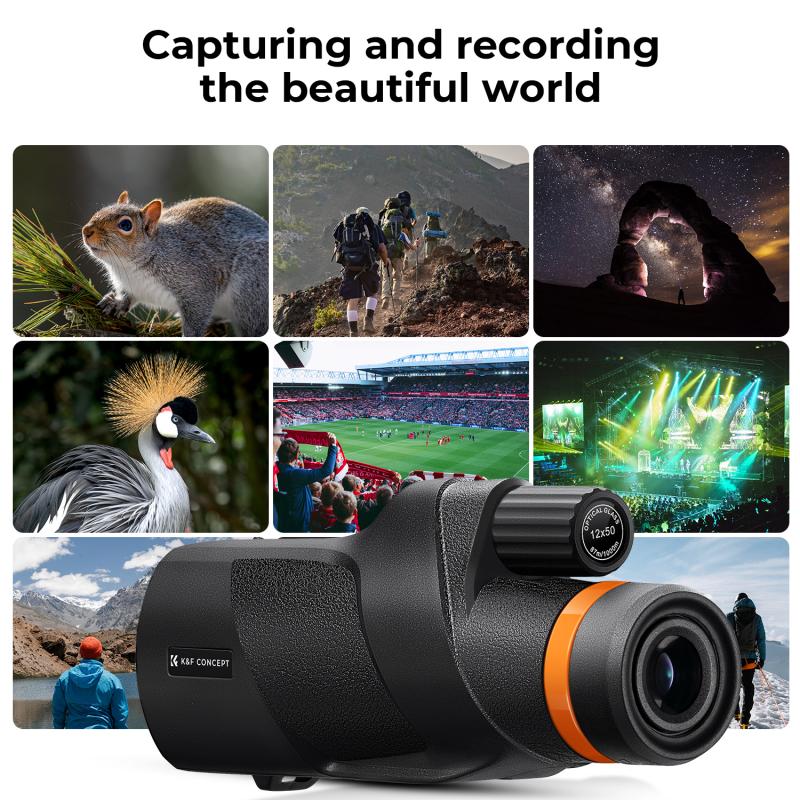
4、 Understanding the magnification and field of view
To use the Starscope Monocular effectively, it is important to understand its magnification and field of view. The Starscope Monocular is a compact and portable device that allows you to view distant objects with clarity and detail.
The magnification of the Starscope Monocular is typically indicated by a number, such as 10x or 12x. This number represents how many times closer the object will appear compared to the naked eye. For example, if the monocular has a magnification of 10x, an object that is 100 meters away will appear as if it is only 10 meters away. It is important to note that higher magnification does not always mean better image quality, as it can also result in a narrower field of view and reduced brightness.
The field of view refers to the width of the area that can be seen through the monocular. A wider field of view allows you to see more of the surrounding area, making it easier to locate and track objects. The field of view is typically measured in degrees, with a larger number indicating a wider field of view.
To use the Starscope Monocular, simply hold it up to your eye and adjust the focus wheel until the image appears clear and sharp. It is recommended to use a tripod or stabilize your hand to minimize shaking and improve image stability, especially when using higher magnifications.
In terms of the latest point of view, the Starscope Monocular is equipped with advanced optics and coatings that enhance image quality and reduce glare. This ensures that you can enjoy clear and vibrant views of distant objects, whether you are observing wildlife, landscapes, or even celestial bodies. Additionally, some models may also feature smartphone compatibility, allowing you to capture photos and videos of your observations.
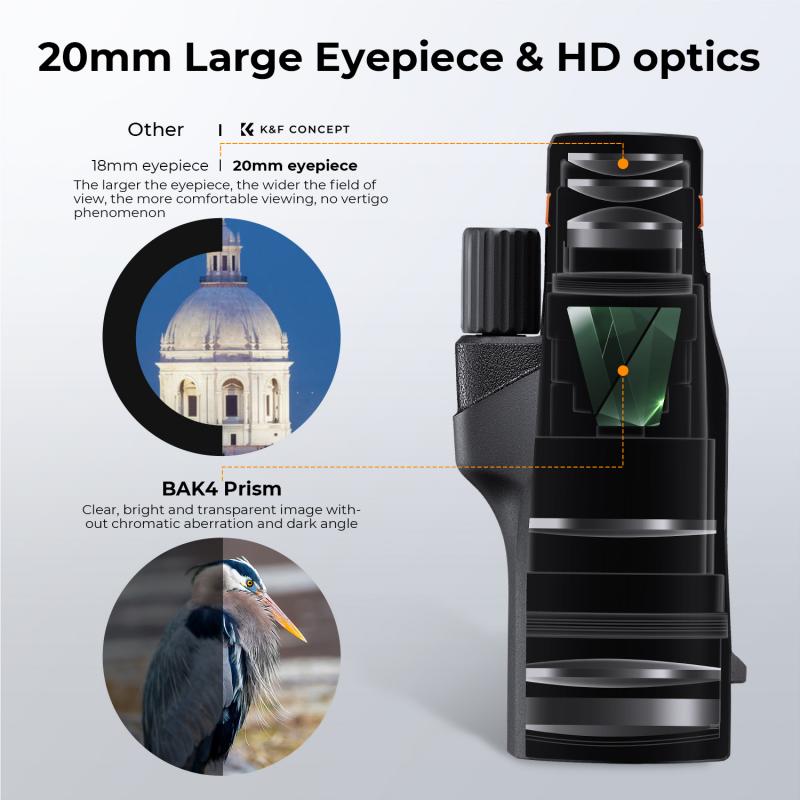

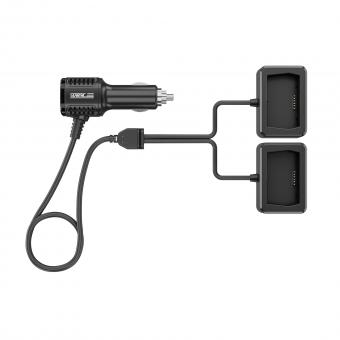
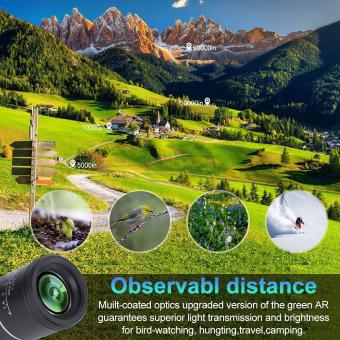
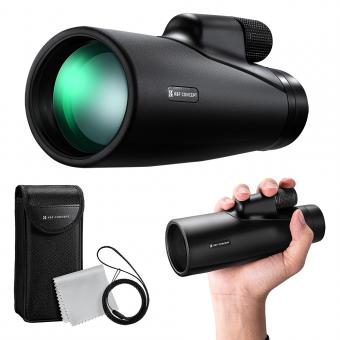

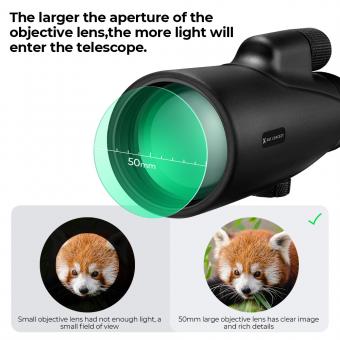





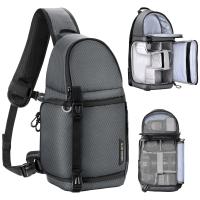




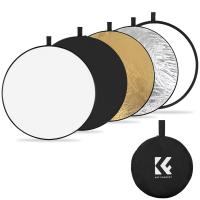
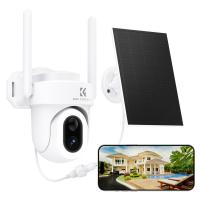
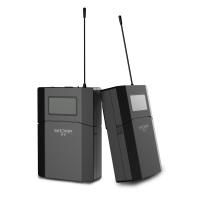
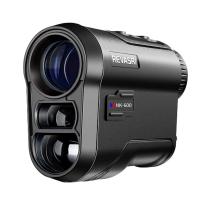

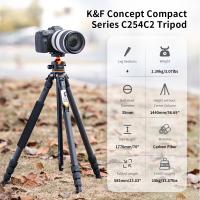

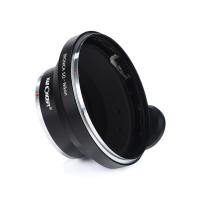


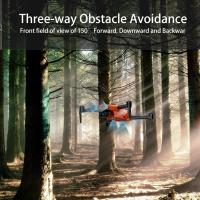
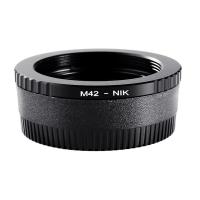

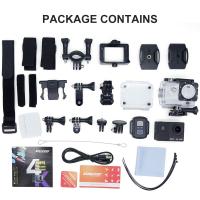
There are no comments for this blog.